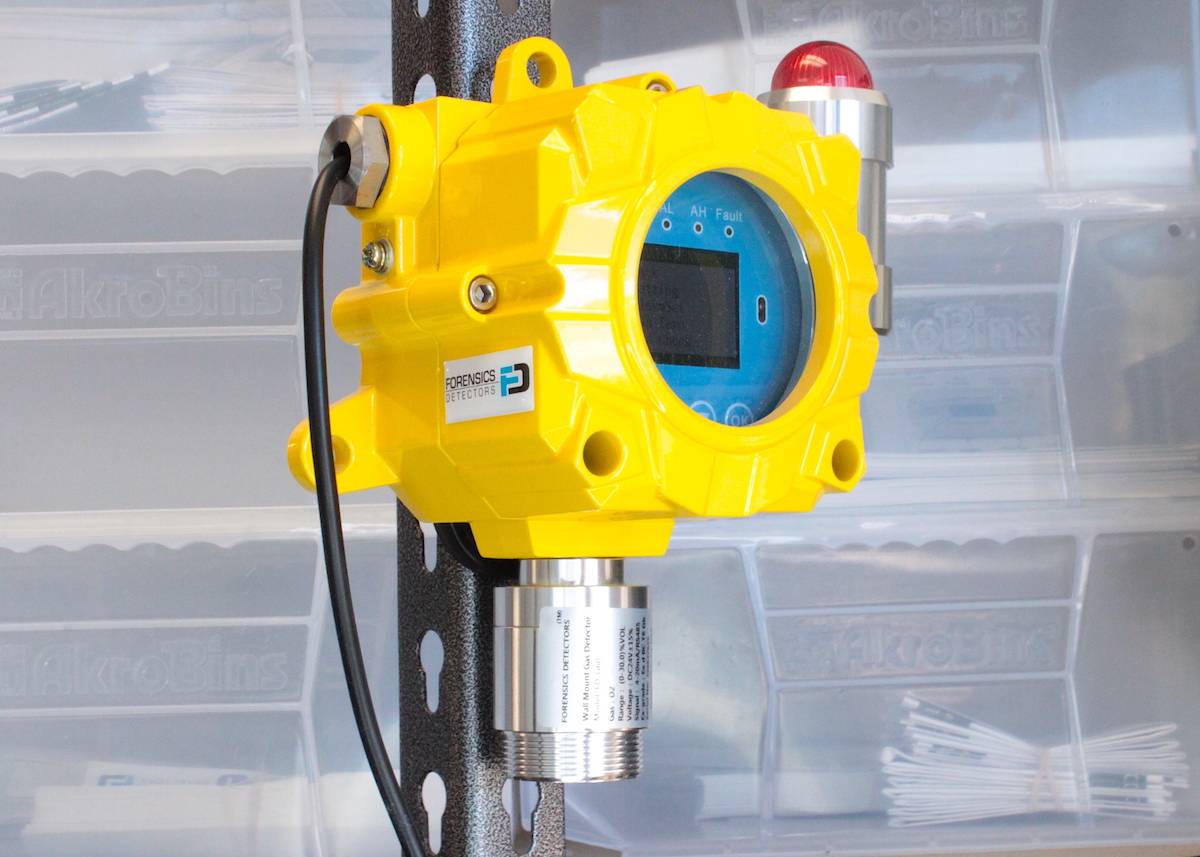Gas detectors, crucial for safety in commercial and industrial sectors, play a vital role in detecting explosive gases. An LEL (Lower Explosive Limit) detector, part of a gas detection system, ensures a safe working environment by monitoring and indicating dangerous levels of combustible gases or solvent vapors in the air. These detectors utilize sensor technologies like catalytic bead sensors and infrared sensors to accurately detect and measure levels between 0-100% LEL. By using the appropriate technology and calibration, gas detectors can effectively detect explosive gases and enhance workplace safety.
How Do Gas Detectors Work?
Gas detectors, specifically LEL detectors, play a crucial role in ensuring safety in various industries. These detectors work by detecting, indicating, and alarming for levels between 0-100% LEL of the targeted combustible gas or solvent vapor. Operating within a safe range, gas detectors provide early warning signs well before the LEL level reaches 100%, the minimum level required to support ignition or combustion.
Gas detectors are an essential component of a fixed gas detection system, designed to detect the presence of potentially hazardous gases or vapors in hazardous locations. These locations include industries where combustible materials are present, such as petrochemical plants, laboratories, and manufacturing facilities.
To accurately detect combustible gases or solvent vapors, gas detectors are calibrated to monitor specific materials. Proper calibration ensures precise and reliable readings, enhancing the overall efficiency of the gas detection system.
Gas detectors utilize advanced sensor technology, such as catalytic bead sensors or infrared sensors, to detect the presence of combustible gases or solvent vapors. Each sensor technology has its own advantages and disadvantages, and the choice depends on factors such as the application and the environment in which the gas detector will be used.
Gas detectors provide a critical layer of protection by alerting workers before gas levels reach dangerous thresholds. Their role in maintaining LEL safety is invaluable, preventing potential accidents and ensuring a safe working environment.
Pioneering Sensor Technology
Gas detectors employ various sensor technologies, with each offering unique advantages and applications. Here are two common types:
| Sensor Technology | Advantages | Disadvantages |
|---|---|---|
| Catalytic Bead Sensors | High sensitivity, wide detection range, cost-effective | Prone to poisoning from certain compounds |
| Infrared Sensors | Immune to poisoning, stable measurements, suitable for harsh environments | Higher cost, limited detection range |
Understanding the capabilities and limitations of the different sensor technologies is crucial for selecting the most suitable gas detector for a specific application.
The Importance of Gas Detection in Safety
Gas detection is vital in ensuring the safety of individuals working in various industries, especially in potentially hazardous environments. One essential tool in gas detection is the 4-gas detector, also known as an LEL gas detector. This personal gas monitor is capable of detecting multiple concentrations of combustible gases simultaneously, making it an invaluable piece of safety equipment.
Industries such as sanitation, public works, steel, and confined space work commonly rely on 4-gas detectors to identify and measure LEL levels of gases like oxygen, carbon monoxide, hydrogen sulfide, and methane. These gases pose significant risks to workers, including the potential for explosions, fires, or health hazards. By utilizing gas detection equipment, individuals are promptly alerted to the presence of dangerous gas concentrations, allowing them to take immediate action and prevent accidents.
However, it is crucial to ensure the effectiveness and accuracy of gas detectors through regular calibration and maintenance. By following recommended guidelines, such as those provided by the Occupational Safety and Health Administration (OSHA), workers can optimize the performance of their gas detection equipment. Regular calibration guarantees that the detectors are accurately calibrated to detect hazardous gases, while maintenance ensures their proper functioning and reliability.
Effective gas detection, combined with proper calibration and maintenance, is instrumental in creating a safe working environment for employees. By prioritizing gas detection and investing in reliable equipment, industries can mitigate potential risks, protect their workers, and uphold stringent safety standards.

